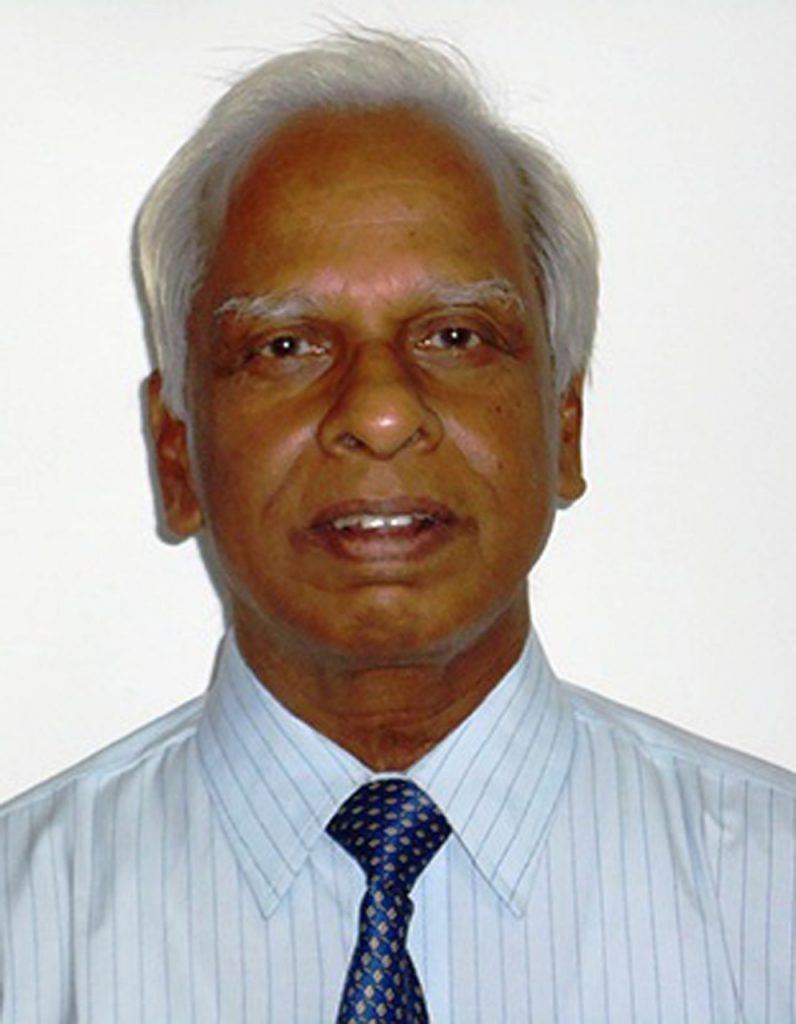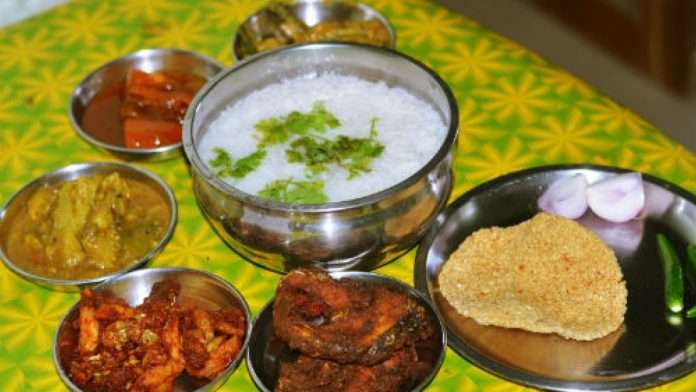During lazy talks with non-Odias – with friends in the living rooms and with strangers – fellow travellers – in the second- class AC compartments while travelling long distances -it was not un-often that I was asked what food items could be called typically Odia. It had not always been an innocent question, in the sense that, the asker was not really interested in the answer. He (never she, please note – women are lot more considerate than men in such conversations, going by my experience at least) would have a hidden agenda, namely, to make me feel embarrassed. He was sure that I wouldn’t be able to name any because he believed that there indeed weren’t any; for him, Odia dishes were really Bengali dishes, whatever Odias might say.
But I always gave a sincere answer, without a thought about whether the person really wanted to know or was merely trying to see me uncomfortable. I have believed all along that it was an effective way of responding to the educated urban’s insincere and mischievous query during a conversation.I almost always named three items: pakhala, dalma and khira (pronounced in Odia as pakhaala, daalmaa and khiraa respectively). Others from Odisha, in my situation, might have named different items and they would have been right;it was just that I had some idea of the special dishes of Puri and Cuttack alone. But I did not say this to the asker. In a time-pass conversation it is prudent to pretend a little and speak in a tone of certainty.
I really believed I was right about dalma and khira but I knew I was both wrong and right about pakhala. Pakhala is a food of the rice belt from Kerala all along the coastal states by the Bay of Bengal to Assam in the east and North Bihar on the west. This being the case, I couldn’t be right; it isn’t a typically Odia food. But to the extent that pakhala-eating has for long been associated with Odisha, presumably due mostly to the non-Odias, rather than any other state, I was right in saying that it is an Odia food. These days, quite a few of us, who claim to be post-moderners,are happy to buy the “constructed reality” – an opinion, rather than the relevant fact.
Now, without any ado, pakhala is water-in-rice or rice-in-water, depending on the consumer’s economic circumstances, and has been traditionally condemned by the well-to-do as a worthless, unhealthy food. Eat pakhala and the body and the mind both go to sleep, they say. In Lakshmi kanta Mohapatra’s masterpiece, “Kana Mamu”, the master wrestler Khalipha Saheb, condemns pakhala as a degenerating food and advises the young learners of the sport to avoid eating it altogether.
This food has given us a colourful adjective:“pakhalakhia”, one of its meanings being “dull-wited”, as mentioned in the celebrated Odia dictionary (rather an “encyclopaedia”):“Purnna chandra Ordia Bhasha kosha”. The use of the word indicates the power relationship between its user and his target;the better off uses this derogatory term to describe,or sometimes even address, someone from the much worse off segment of the society.
In Odisha, pakhala is basically a villager’s food, say the city-dwellers, and a poor man’s food in the city, says everyone. It is this association with the poor and the marginalized, more than anything else, that explains its negative connotation. It can be eaten with just some salt, one or two green chillies, and an onion, if there is one at home. This is the minimalist pakhala– eating. In the villages during the monsoon, people take simple homemade achar (pickles) with pakhala.
A little chutney of roasted dry fish goes with itextremely well, but many educated people dismiss the dish with a sneer, often quite pretentiously, if you ask me. In rural tales in Odia, both oral and written, a farmer’s wife carrying pakhala to her husband working in the field is a symbol of the peasant life in Odisha. For centuries, no food item has suffered so much indignity as pakhala, and with the exception of dry fish, no food has been associated with so much hypocrisy as pakhala. Some fifty years ago, I knew of people, mainly social climbers, who would not say in front of others that they had eaten pakhala at home that day.I love it, in its simple, unsophisticated form, not just for its taste, but for the uncomplimentary associations it has acquired down the years as well.
Things have changed now. The punishing summer of 1998 in Odisha changed the attitude of the people. The doctors recommended it as an excellent summer food and overnight it appeared on the menu of many posh hotels of Bhubaneswar. In star hotels now, be it in Bhubaneswar or Delhi, one can get it – the posh variety, that is: basumati rice, inalmost as much curd as water, small pieces of green chillies, ginger, coconut, among others, and elegantly cut coriander leaves, etc. added to it. To go with it, there would be fried potatoes, nicely sliced brinjal fry, crushed potatoes, saag fry, masala- fried badi, powdered badi, chatni, pickles, etc. if one wants a vegetarian meal. Depending on the hotel, it may you anything like 499 rupees or more.
Five years ago, I had pakhala for dinner in a star hotel in Bhubaneswar for five hundred odd rupees, just to experience how it felt to have this “poor man’s dish” at a place where the poor never go.As I was eating, I was fondly remembering the pakhala I used to have in the summer afternoons in my boyhood days in my village and was missing it sorely.With much care and affection, my eldest aunt would make for me hot saag fry and powdered badi– that was all – to have with pakhala.The pakhala she gave me carried her blessing. That made the difference between what I was eating and what I had eaten.
To think how this dish has been treated in our literature.In Sarala Mahabharata, the goddess Parvati, who cooked for her spouse with much care and love, did not cook pakhala for him, neither did Draupadi for her husbands. As Ballava, Bhima, arguably the great connoisseur of food in the aeon of Dwaparaand the highly accomplished cook, second in this art to only king Nala of an earlier aeon, did not make this dish in king Virata’s kitchen and the virtuous Vidura did not offer it to his guest, Lord Krishna.
There is no mention of Kunti giving pakhala to her sons.People try to avoid it at night for fear of catching cold and this has received religious sanction in Balarama Das’s Lakshmi Purana: rice and curd constitute a forbidden food at night.Goddess Lakshmi in thesame text did not offer pakhala to Mahaprabhu Jagannath and Balabhadra, when they begged for food at her place. The apologists would say that she did nothing out of the way because she wasn’t serving them badasinghara food.I am yet to find an honourable mention of this food in our literature.
But how does it matter? This humble, uncelebrated and tamasic food mixed with curd (dahipakhala) is offered to Bhagawan Jagannath every night at the time of badasingharadhupa, which is the last food offering of the day in the Big Temple.
Pakhala is connected with Him in yet another way, of which not many outside Puri, may be aware. About five hundred years ago, when he was living in Puri, Sri Chaitanya, along with his followers, used to clean the Gundicha Ghara (where Mahaprabhu Jagannath stays for about seven days during Ratha Yatra) the day before Ratha Yatra. This practice still continues. After cleaning the temple,the Gaudiya Vaishnavas, a sect created by Sri Chaitanya, partake of anna mahaprasada (sacred rice already offered to Jagannath) in theform of pakhala.
Postscript: In 2015, March 20was declared as “Pakhala Dibasa” (“Universal Pakhala Day”) by “Odias Worldwide”. In the following year, Odias world over celebrated “Pakhala Dibasa” on that day. March 20 is also celebrated as the “International Day of Happiness”. Some of the Odia diasporic community suggested that this must not be seen as just a coincidence. They said that It embodied the idea – for them, the “fact” – that pakhala is not merely a cooling food, it is also a food that leads to happiness. For the diaspora, pakhala is now a symbol of Odia identity. Soon, it will be so for every Odia, I suppose!
(The views expressed are the writer’s own)

Prof. B.N.Patnaik
Retd. Professor of Linguistics and English, IIT Kanpur
Email: [email protected]
(Images from the net)

